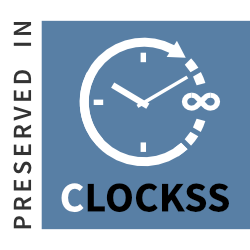The Use of Model Making in Teaching Human Organ Systems
DOI:
https://doi.org/10.7719/jpair.v11i1.197Keywords:
Education Model Making, Teaching Technique, Human Organ Systems, Quasi-experimental Design, PhilippinesAbstract
Teaching science is a dynamic process. Along with the advancement of technology, the methodology of the teaching process must be innovative to adapt to the current trends of education. Teachers then are prompted with perseverance to the task of providing innovative answers to modern need of the science curriculum. This quasi - experimental study aimed to determine the effect of model making as a tool in teaching selected human body systems. The study was conducted to a total of 102 university freshmen enrolled in Biological Sciences. Pre-test, post-test and interview guide were conducted to gather the data. Analysis on the pre-test and post-test scores revealed a significant improvement on the performance of the students. Furthermore, the group when exposed to the model making activity showed a significant mean difference between the pre-test and the post-test scores. The feedback of the students indicated that the model making activity made the learning process more challenging and interesting. Results showed that with model making, the teaching of selected human organ systems is effective. Model making, therefore, could be an alternative teaching technique to enhance students' creative thinking and better understanding of the concept.
Downloads
References
Bahar, M., Johnstone, A. H., & Hansell, M. H. (1999). Revisiting learning difficulties in biology. Journal of Biological Education, 33(2), 84-86.
Downloads
Published
Issue
Section
License
Copyright (c) 2013 Joyce B. Molino-Magtolis

This work is licensed under a Creative Commons Attribution-NonCommercial 4.0 International License.
Open Access. This article published by JPAIR Multidisciplinary Research is licensed under a Creative Commons Attribution-Noncommercial 4.0 International (CC BY-NC 4.0). You are free to share (copy and redistribute the material in any medium or format) and adapt (remix, transform, and build upon the material). Under the following terms, you must give appropriate credit, provide a link to the license, and indicate if changes were made. You may do so in any reasonable manner, but not in any way that suggests the licensor endorses you or your use. You may not use the material for commercial purposes.




















